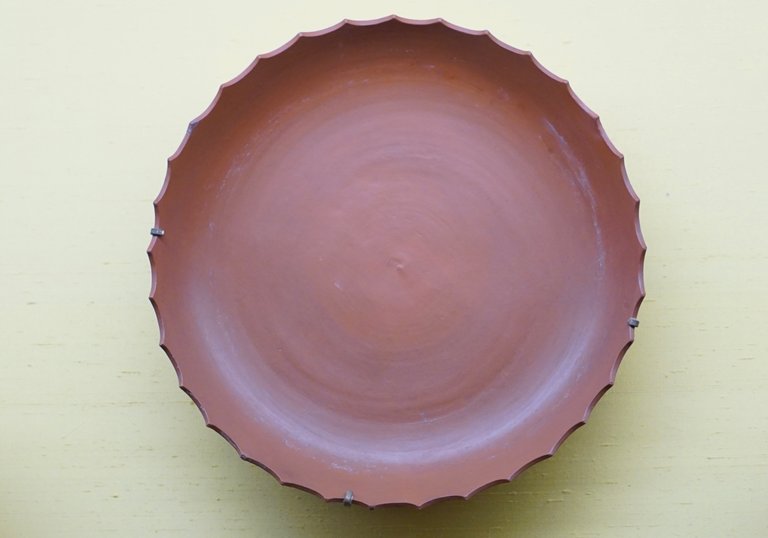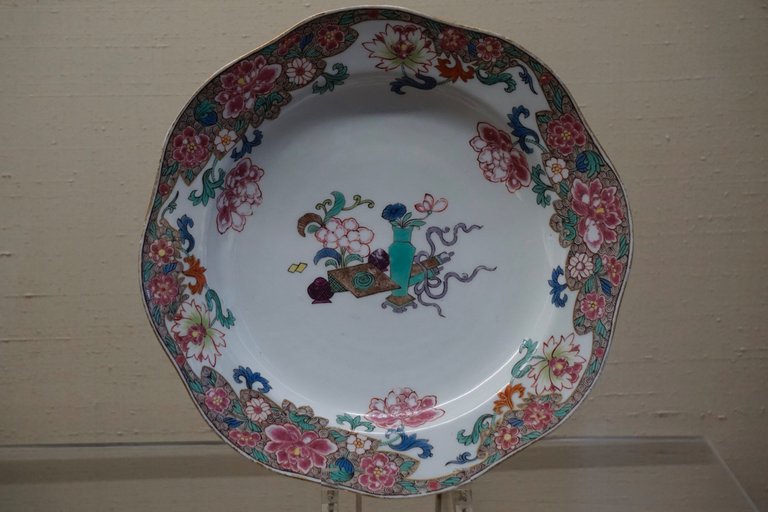Hey everyone, I would like to welcome you to my new post and hope you have a week which is full of positive experiences! Today I would like to go into a cultural topic and am happy if you are able to expand your knowledge.
A few days ago I had the opportunity to photograph some porcelain artworks and I would like to go into more detail about the history and development of European porcelain. The origins of porcelain are in ancient China where it is one of the most important components of art which is associated with a long history and from which time the first porcelain comes is not fully clear, but it's assumed that it was invented during the 7th century in the Sui and Tang dynasties. There are assumptions that porcelain could even have been known earlier and was widespread in the eastern province Zhejiang and because the alchemists had kept the recipes very secret, it's not easy to know the exact origin and it is not without reason an often very controversial topic. The province of Jiangxi has also made a big name for itself when it comes to porcelain production and was considered one of the most important metropolises for production in ancient China and Jiangxi is especially known for the production of the typical blue and white porcelain which is also known in China as Ching Te Chen. Porcelain was the result of years of research by the alchemists and over the centuries the recipes were always improved and kept strictly secret, which resulted in the porcelain became a status object that not everyone could afford and the largest collectors of these precious works of art came from imperial families. Only later was porcelain more and more widespread in normal society and one of the greatest promoters was the Ming dynasty, which ensured that porcelain was integrated into more and more households and was increasingly used for everyday use.
By European seafarers of the 13th century, the porcelain also became more and more known and quickly the people were so fascinated that porcelain was exported on trade routes from China and there came more people with the idea of producing porcelain in Europe itself, which gave many people headaches and there were certainly hundreds of attempts by alchemists to reveal the secret behind Chinese porcelain. The high prices also put many away, which is why more and more tried to produce porcelain themselves and during the 18th century, the alchemist Johann Friedrich Böttger (1682 - 1719), who conducted research on behalf of the Saxon royal family, managed to develop the recipe again. The researcher Ehrenfried Walther von Tschirnhaus (1651 - 1708) is also known as another inventor of porcelain in Europe and the porcelain was rather a chance find for Böttger and he was actually trying to produce gold artificially when he found out that he could produce porcelain himself with the help of feldspar, quartz sand and kaolin. This discovery was quickly marketed and in the city of Meissen, the first porcelain manufactory was built where Böttger himself was active and conducted research there and thus the first great example was stationed in Europe and it should not take long before competition came and the secret came into more and more hands who also began to produce porcelain and it became more widespread in Europe.
Many thanks for stopping by and I hope you could learn something new about this interesting topic! I captured these pictures with my Camera Sony Alpha 6000 plus 55-210 mm lens.




#hive #posh
Wow
These are fabulous artworks
They look good!
I think so too! Happy that you are also interested in the topic :)
A beautiful product with a very rich history.
It's really interesting to know the history behind it :)
Wow this is really a very beautiful art work actually
From China to Europe :) Happy to see that you are also interested in history!